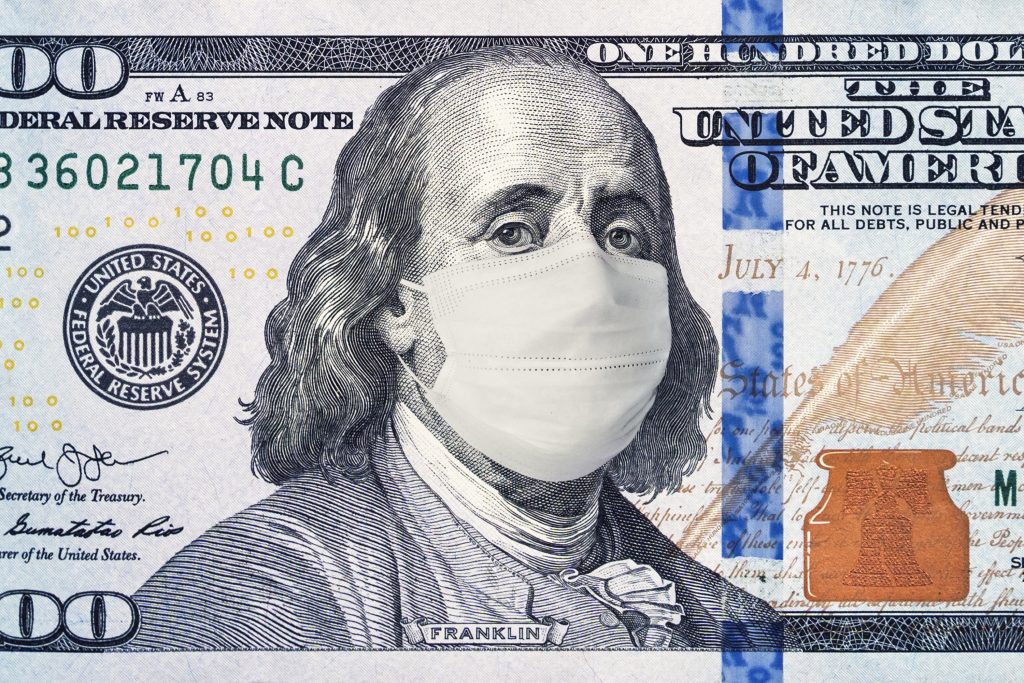HOW TO REBUILD CASH RESERVES


In my 30+ years in retail, I’ve seen merchants weather a lot of storms, from the advent of e-commerce and the growing competition it brought with it, to the great recession that took us years to recover from. But this latest threat— the sudden and precipitous drop in business due to store closures amid the pandemic— represents a very different challenge and an opportunity. In a way, it serves as an enormous stress test on our businesses, showing us where we can strengthen our merchandising practices, and build stronger operations in the long run.
At the end of April, Blacks surveyed dozens of specialty store owners across the country and what we discovered was enlightening. Even though these merchants were going through an incredibly difficult time, they were also finding reserves of creativity and thoughtful introspection, propelling them forward. Some key goals they want to focus on now: rebuilding their cash reserves, putting more disciplined merchandising practices into place to be able to rebuild, buying closer to season, holding back more open-to-buy for in-season purchases, and committing to never being overbought.
When it comes to building cash reserves, our suggested strategy is twofold:
Step 1. An in-depth evaluation of where you are now, and an estimation of where you will be in twelve months, based on available information. For this, Blacks uses a proprietary process called “Clear View.” Once the evaluation is complete, you ask the question: “Does the outcome meet my cash reserve goals”? If the answer is yes, go to Step 2. If the answer is no, re-evaluate the inputs you used in the initial evaluation and rebuild the strategy.
Step 2. Do an analysis of your vendors, categories, and classes to see which are producing the highest returns. Then adjust your OTB to funnel money into the fastest-growing opportunities. During the rebuilding phase, it’s important to focus on quick sell-throughs, since increasing sell-through rates increases turn, which is the strongest influencing factor in gross margin return on investment (GMROI). GMROI is a leading indicator of cash reserve development. One of the processes Blacks uses is a formula that we call “ACID Analysis.” It looks at your purchase history to evaluate sell-through by class, so we can determine new opportunities to drive your inventory down and free up cash.
Of course, another part of building up cash reserves is controlling your expenses, whether it be discounts on rent, or cutting back on travel and payroll. Almost all the retailers we surveyed say they plan to scrutinize their expenses while looking for profit opportunities.
I realize we’re in stressful times and it can be hard for merchants to step back from day-to-day demands and commit to realigning their businesses, but I promise it will pay off. Specialty stores that were the most disciplined going into this crisis are having a far easier time getting through it because they have tighter control of their inventory and larger cash reserves.
As many survey respondents noted, the lesson here is that cash is king. So, let’s work on generating cash.
—
Steve Pruitt is the founder of Blacks Consulting. He can be reached at steve@blksretail.com.


